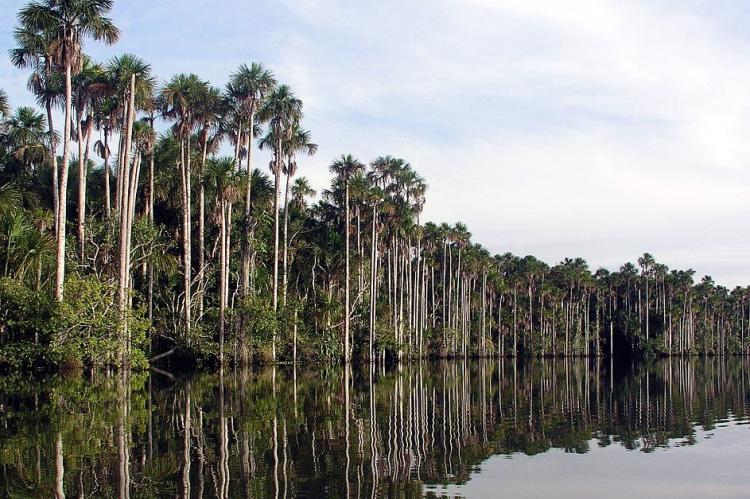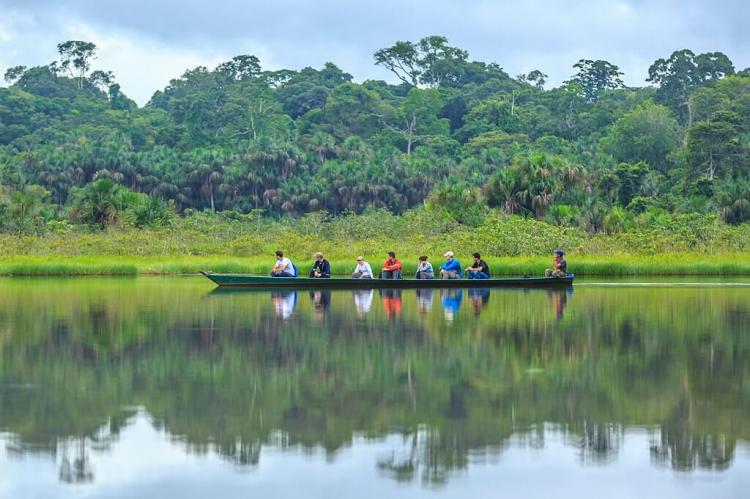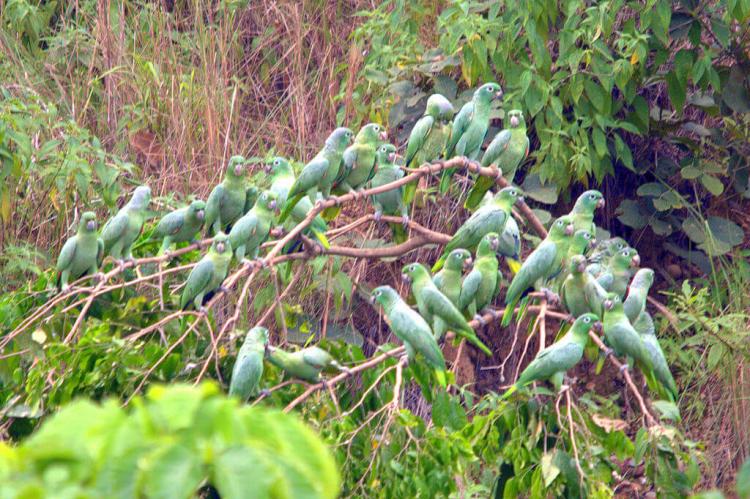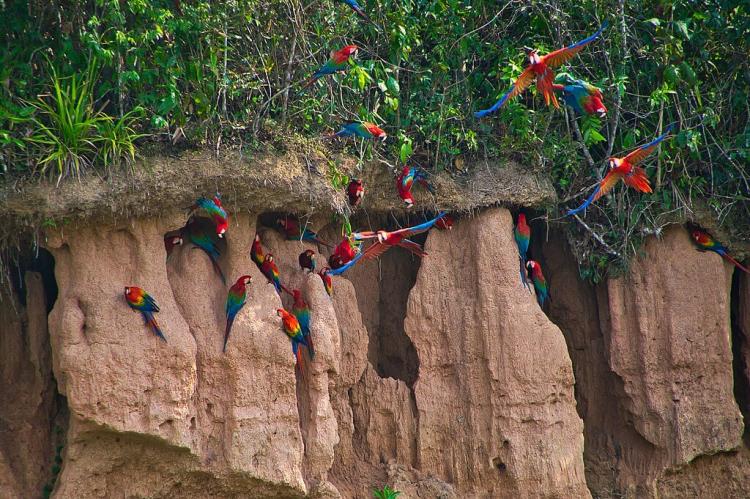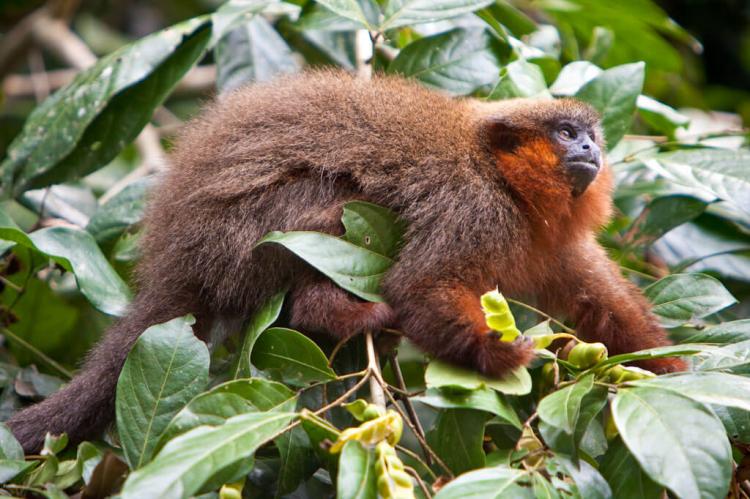Tambopata National Reserve: A Biodiversity Hotspot in the Heart of the Peruvian Amazon
Nestled in southeastern Peru, the Tambopata National Reserve is a remarkable testament to the earth's vast biodiversity. This enormous expanse of subtropical rainforest harbors an extraordinary array of ecosystems, from forested hills and swamps to meandering rivers and oxbow lakes.
Exploring the Natural Wonders of Tambopata National Reserve
Nestled in the southeastern region of Peru, the Tambopata National Reserve is a remarkable testament to the earth's vast biodiversity. Spanning an area nearly one-third the size of Costa Rica, this enormous expanse of subtropical rainforest harbors an extraordinary array of ecosystems, from forested hills and swamps to meandering rivers and oxbow lakes. Established in 2000 to safeguard the ecological richness of the region, the Reserve has become a beacon of conservation, protecting not only the flora and fauna but also the indigenous cultures that have called this land home for generations.
A Natural Treasure Trove
Ecosystems and Geography
The Tambopata National Reserve is a tapestry of diverse ecosystems woven together by the confluence of the lowland Amazon forest with three other distinct biomes. This convergence has given rise to an unparalleled level of biodiversity, earning the Reserve a reputation as one of the most species-rich areas on the planet.
The Reserve's geography is defined by its meandering waterways, including the Tambopata, Malinowski, and Heath Rivers, which wind their way through the landscape. Elevations range from 200 to 400 meters (650 to 1,300 feet) above sea level, creating a dynamic terrain that supports a wide range of habitats.
Climate and Weather Patterns
The Reserve's climate is characterized by a tropical rainforest pattern, with an annual mean temperature of 26°C (79°F). However, the region also experiences occasional cool winds of Antarctic origin, bringing temperatures down to as low as 10°C (50°F) during June and July. Between December and March, the rainy season replenishes the ecosystem with vital precipitation, sustaining the lush vegetation and intricate web of life.
Biodiversity Hotspot
Flora
The Tambopata National Reserve boasts an astounding diversity of plant life, with at least 1,700 species of vascular plants represented across 145 families. From towering hardwood trees like the Virola surinamensis and Cedrela odorata to the majestic Bertholletia excelsa (Brazil nut tree) and the iconic Mauritia flexuosa (aguaje palm), the Reserve's flora is a tapestry of colors, textures, and forms.
Fauna
The Reserve's rich biodiversity extends to its animal inhabitants, with a staggering array of species calling this protected area home. At least 13 endangered species find refuge within the Reserve's boundaries, including the iconic jaguar, giant otter, ocelot, harpy eagle, and giant armadillo.
Mammals like the puma, collared peccary, Peruvian spider monkey, and jaguarundi roam the dense forests. At the same time, the rivers and streams teem with a diverse array of fish species, including the Prochilodus nigricans, Potamorhina latior, and Brachyplatystoma flavicans.
The avian world of Tambopata is a true spectacle, with over 595 recorded bird species, including the magnificent scarlet macaw, the regal harpy eagle, the vibrant rufescent tiger heron, and the elusive sunbittern. One of the Reserve's most remarkable attractions is the Tambopata macaw clay lick, where thousands of brilliantly colored macaws and parrots gather daily to feed on mineral-rich clay, creating a kaleidoscope of colors against the verdant backdrop.
Human Stewardship and Conservation
Indigenous Cultures and Sustainable Practices
The Tambopata National Reserve is a sanctuary for biodiversity and a haven for indigenous cultures. The Ese Ejja and Pukirieri peoples have inhabited the Reserve's buffer zone for centuries, relying on the forest's resources through sustainable practices. The Reserve's establishment aimed to preserve their traditional way of life while promoting the sustainable use of forest resources.
Conservation Efforts and Challenges
While the Reserve's establishment was a significant step towards preserving this ecological treasure, ongoing conservation efforts are crucial to safeguarding its future. Environmentalists and researchers continue to study the Reserve's intricate ecosystems, monitoring the impact of human activities and climate change on its delicate balance.
One of the Reserve's most significant challenges is the encroachment of illegal logging, mining, and poaching activities, which threaten the integrity of its ecosystems and the survival of its species. Efforts to strengthen law enforcement, promote sustainable tourism, and engage local communities in conservation initiatives are vital to ensuring the Reserve's long-term protection.
Conclusion
The Tambopata National Reserve is a shining example of the earth's incredible biodiversity and the importance of preserving these natural wonders for future generations. From the towering canopies of the rainforest to the teeming rivers and vibrant wildlife, this protected area offers a glimpse into the intricate tapestry of life that has evolved over millions of years. As we continue to navigate conservation challenges, the Tambopata National Reserve serves as a reminder of our precious inheritance and our responsibility to safeguard it for the future.
